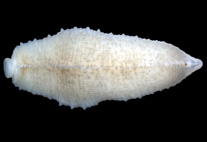Abstract
William Bullock was an Englishman who owned the Egyptian Hall (also known as the London Museum or Bullock’s Museum) at Piccadilly in London, a museum opened in 1812 to display his collection of antiquities, artifacts, and natural history specimens. Following the sale of Bullock’s collection in 1819, the Egyptian Hall served as an exhibition space. Bullock and his son, William Bullock, Jr., both enthusiastic naturalists, travelled in Mexico in 1822–1823, spending some six months together collecting natural history specimens and other artifacts for exhibition and investigating mining and other business opportunities (Costeloe 2006). The elder Bullock returned to London with the collections in 1823, but his son, while ostensibly managing the silver mine his father had purchased in Temascaltepec, outside of Mexico City, continued to travel in Mexico and collect specimens, often in the company of German naturalist Ferdinand Deppe (Costeloe 2006). William Bullock, Sr., meanwhile prepared the Mexican collection for exhibition at the Egyptian Hall. Twin exhibitions on ancient and modern Mexico opened, with much fanfare, in April 1824, and were a great success, remaining open until September 1825 (Costeloe 2006). Afterwards, the contents of the exhibitions were dispersed via auction, but not before Bullock had made the bird specimens available to English naturalist William Swainson for “recording this portion of his discoveries” (Swainson 1827: 365).

